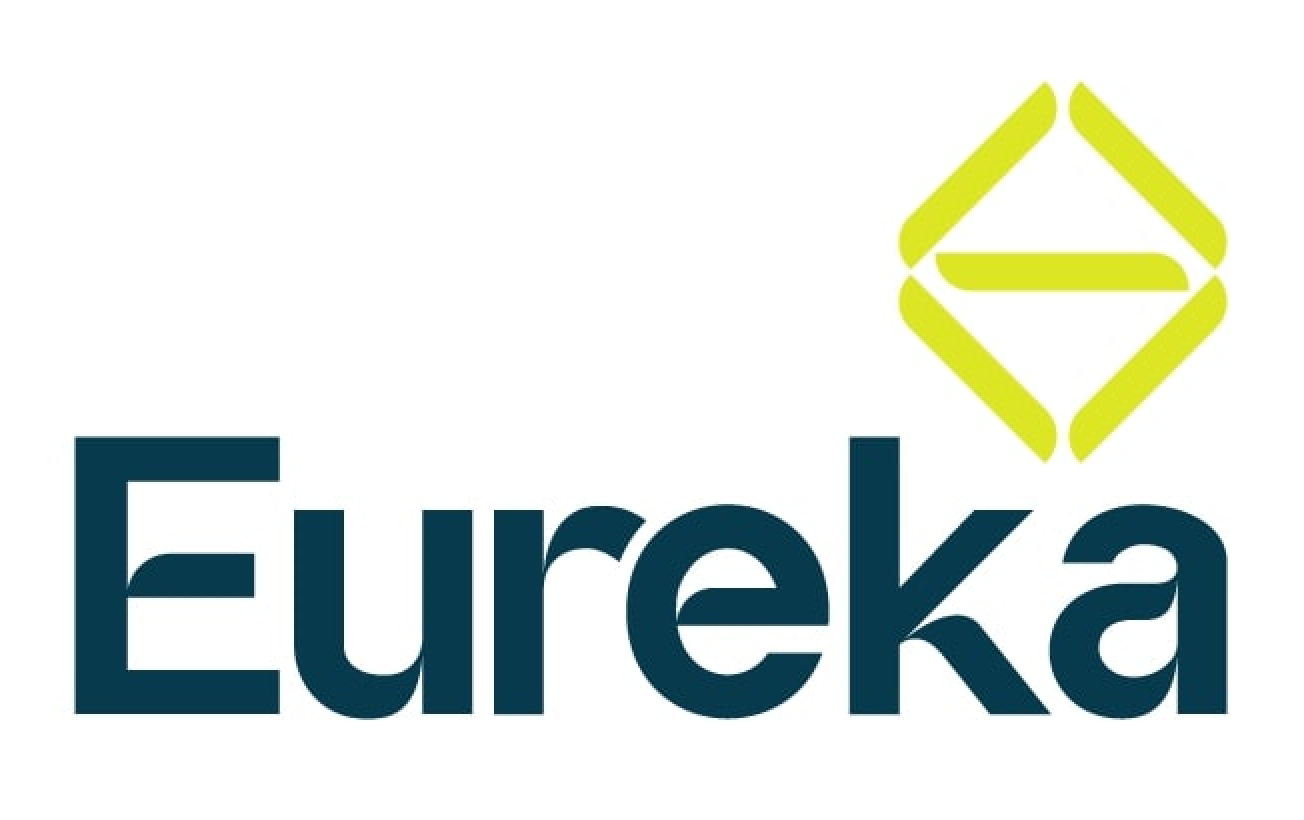Redundancy is not a dirty word
In the ever-evolving world of work, redundancy has become a term that many dread. The mere mention can evoke a whirlwind of emotions, from shock and anger to sadness. However, it's crucial to understand that redundancy is not a reflection of one's worth or capabilities. It's a business decision, often influenced by factors beyond an individual's control.
The emotional rollercoaster
The initial news of redundancy can be a jolt. It's natural to feel a mix of shock, anger, denial, and even grief. These emotions are valid and expected. After all, our jobs often form a significant part of our identity. But as with all things, time can heal. As the days pass, many come to a place of acceptance and even optimism about the future.
Redundancy: a new beginning, not an end
It's essential to remember that redundancy is not a mark of shame. It doesn't define your professional worth or your future potential. Instead, view it as an opportunity for growth, a chance to pivot, reassess, and embark on a new journey.
Steps to navigate post-redundancy
1. Avoid the over-share trap: While it's tempting to pen a lengthy blog post detailing your gratitude to your former employer, it's advisable to refrain. Such posts, while well-intentioned, can sometimes come across as disingenuous or overly sentimental. Instead, focus on the future and the opportunities it holds.
2. Engage with specialist recruiters: Not all recruiters are created equal. Seek out those who specialise in your niche. They'll have the insights, connections, and expertise to guide you towards roles that align with your skills and aspirations.
3. Leverage your support network: This period of transition can be emotionally taxing. Lean on your support networks – friends, family, and professional connections. They can offer a listening ear, words of encouragement, and even job leads.
4. Upskill and reassess: Use this time to enhance your skills. Consider courses or certifications that can make you more marketable. It's also a good time to reassess your career goals. Perhaps there's a path you've always wanted to explore but never had the chance.
5. Stay positive and proactive: While it's okay to grieve the loss of a job, it's crucial to maintain a positive outlook. Approach your job search proactively, update your CV, and be open to new opportunities.
Redundancy, while challenging, can be the catalyst for profound professional and personal growth. It's not a dirty word but rather a chance for reinvention. Embrace the journey, seek support, and remember that new opportunities often arise from unexpected circumstances.
Share our insights
Recent insights




